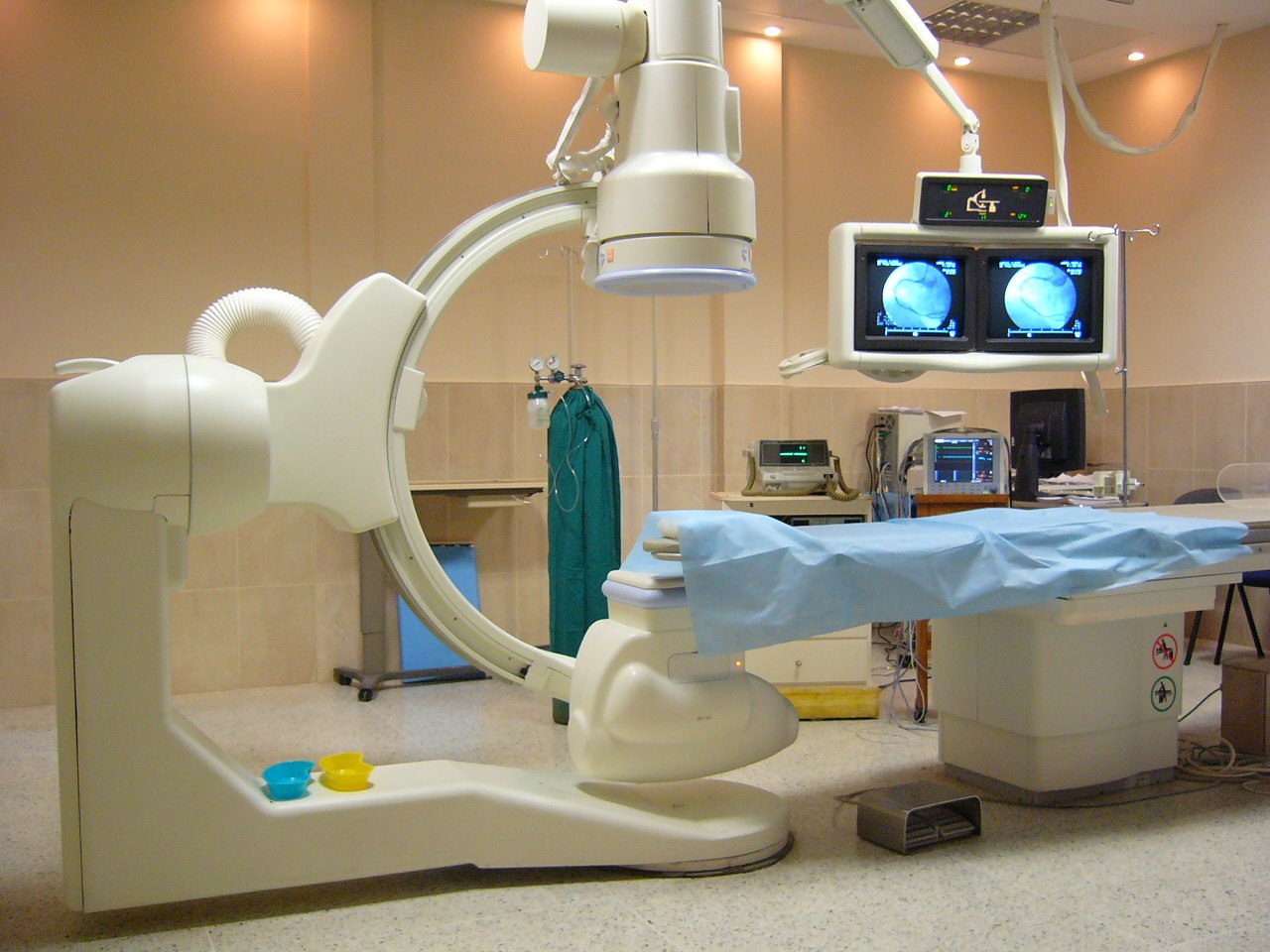Testicular cancer is a serious medical condition that is most common among your Canadian men, 20 – 35 years of age. Some 1,100 men developed cancer in 2017, with a survival rate of 97 percent after 5 years.
The exact causes are unknown but there are risk factors that young people should know about. These include family history or previous personal history, congenital abnormalities, and undescended testicles (one or both). Common symptoms and signs include build-up of fluid, breast tenderness, and numbness, discomfort, and pain in the scrotum or testicle.
Prognosis and Survival
Prognosis and survival depend on a number of factors such as treatment, stage, type of cancer, medical history, and other conditions. If it has spread to other organs (metastasis), this is usually a sign of poor prognosis. The size of the tumor is also a prognosis factor, and seminomas that are over 6 cm are associated with an advanced stage and hence they carry a poor prognosis. Other stage indicators include serum markers and the presence of retroperitoneal lymph nodes. Different serum markers are used to determine the stage and decide whether to proceed with surgery, including hCG, AFP, and LDH. High serum levels are typically a sign of poor prognosis and advanced stage cancer. Getting the correct diagnosis is very important in light of the fact that some conditions have similar symptoms. Such conditions are, for example, testicular torsion, orchitis, varicocele, hematocele, epididymitis.
Staging and Treatment
Screening is one of the most important tools for early detection and prevention. The method of treatment also depends on stage, which makes staging crucial. There are three stages, I, II, and III. During the first stage, the tumor remains in the testicular area. Cancer spreads to the paraaortic and retroperitoneal lymph nodes during the second stage and metastases to other organs during stage III. There are different staging tools such as abdominal lymph node dissection, serum tumor markets, and PET scans. MRI, CT, and chest X-rays are also used to determine whether cancer remains localized or has spread to other organs. The method of treatment also depends on the type of tumor and whether it is classified as embryonal carcinoma, spermatocytic seminoma, intratubular germ cell neoplasia, or another type. The main treatment methods include chemotherapy, radiation therapy, and surgery. Treatment follow-up is also essential and involves imaging tests such as CAT scan and x-ray, blood work, and regular physical check-ups.
Organizations, Services, and Support
Testicular Cancer Canada is a non-for-profit organization that was established in 2014. The organization works to educate the general public, raise awareness and break taboos and stigma, and provide support to patients and their families. The Canadian Men’s Health Foundation also offers information about testicular cancer, including diagnosis, treatment, symptoms, and causes. The Canadian Cancer Society is also a nation-wide, community-based organization that offers support and information to cancer patients. They are offered the opportunity to connect with an online community, which is a safe place for the exchange of information, support, and discussion. Members discuss different topics such as emotional stress, talking to loved ones about cancer diagnosis, dealing with stress. The society also has a toll-free Cancer Information Service that offers information to healthcare providers, families, caregivers, and patients. Specialists provide information on a host of different topics such as complementary therapies, community support, emotional support, and prevention. Patients, families, and the general public are also offered information about clinical trials, therapies and side effects, cancer treatments, and how to cope with cancer.


